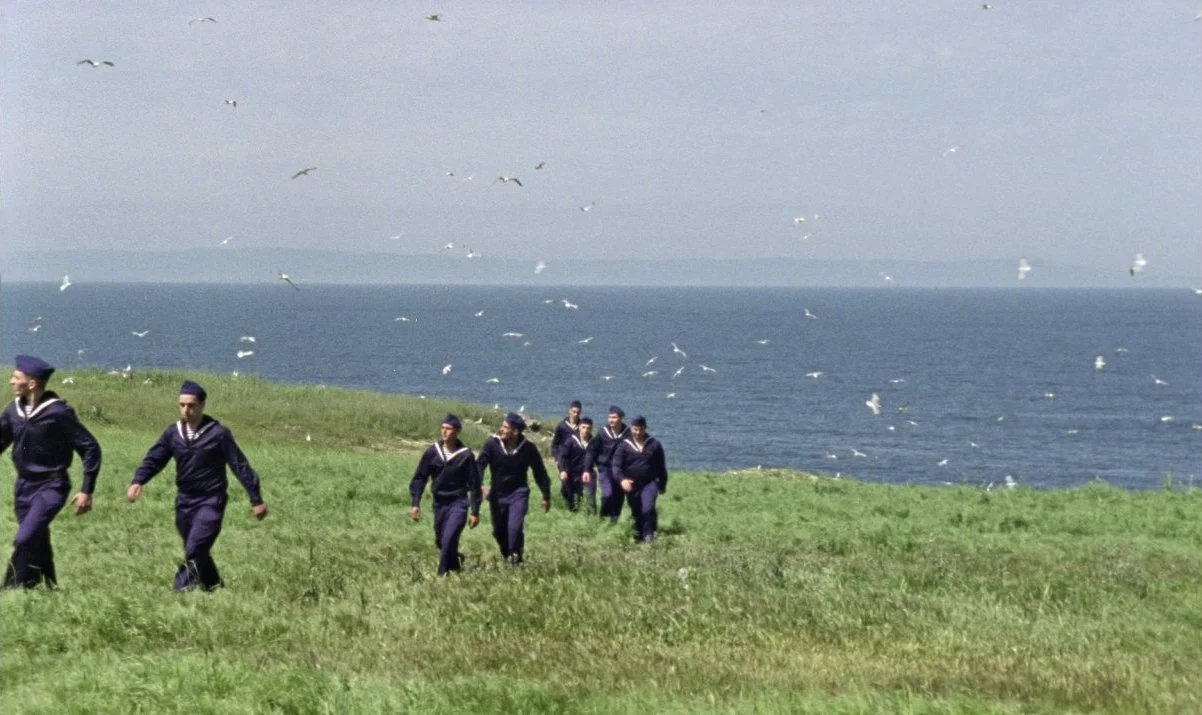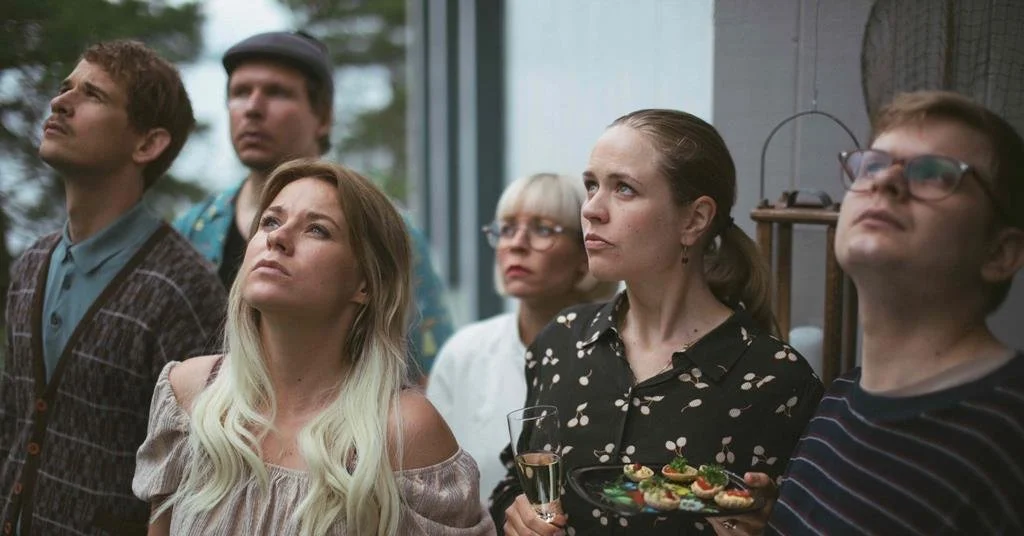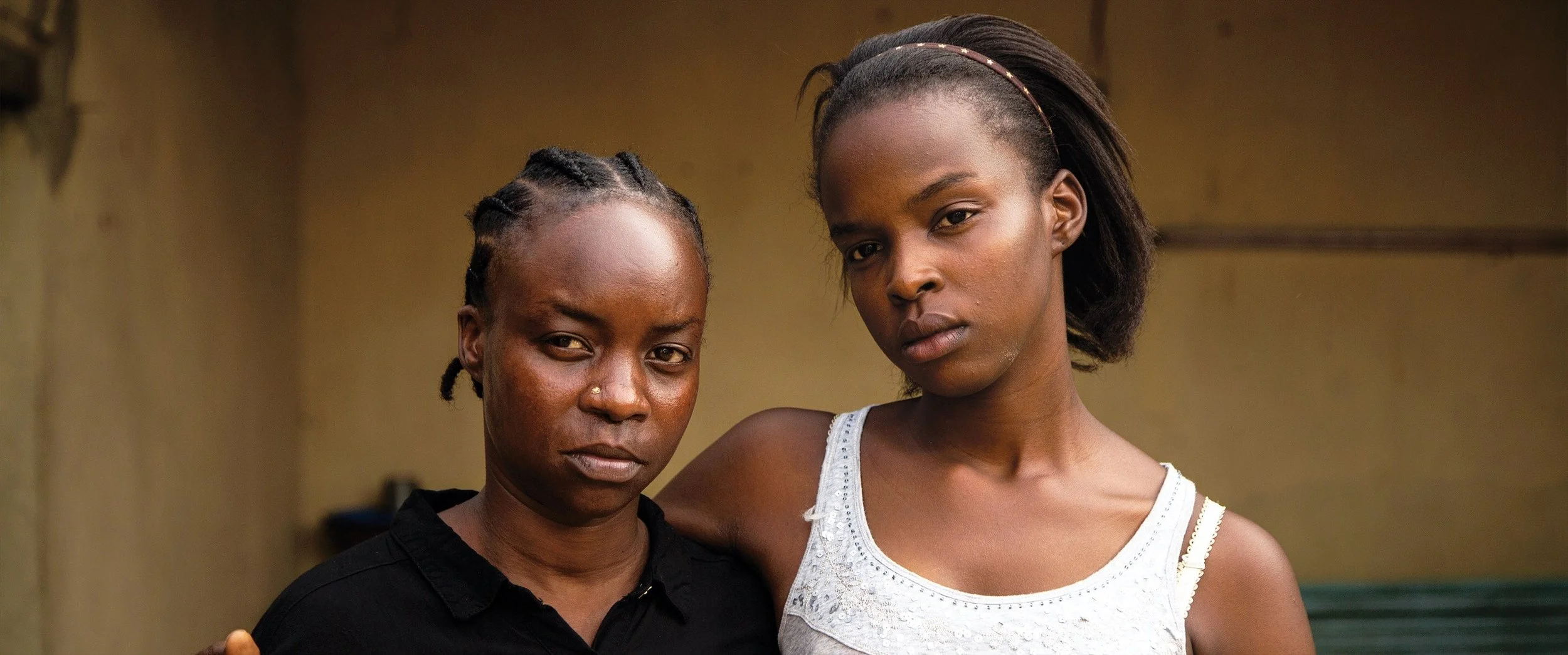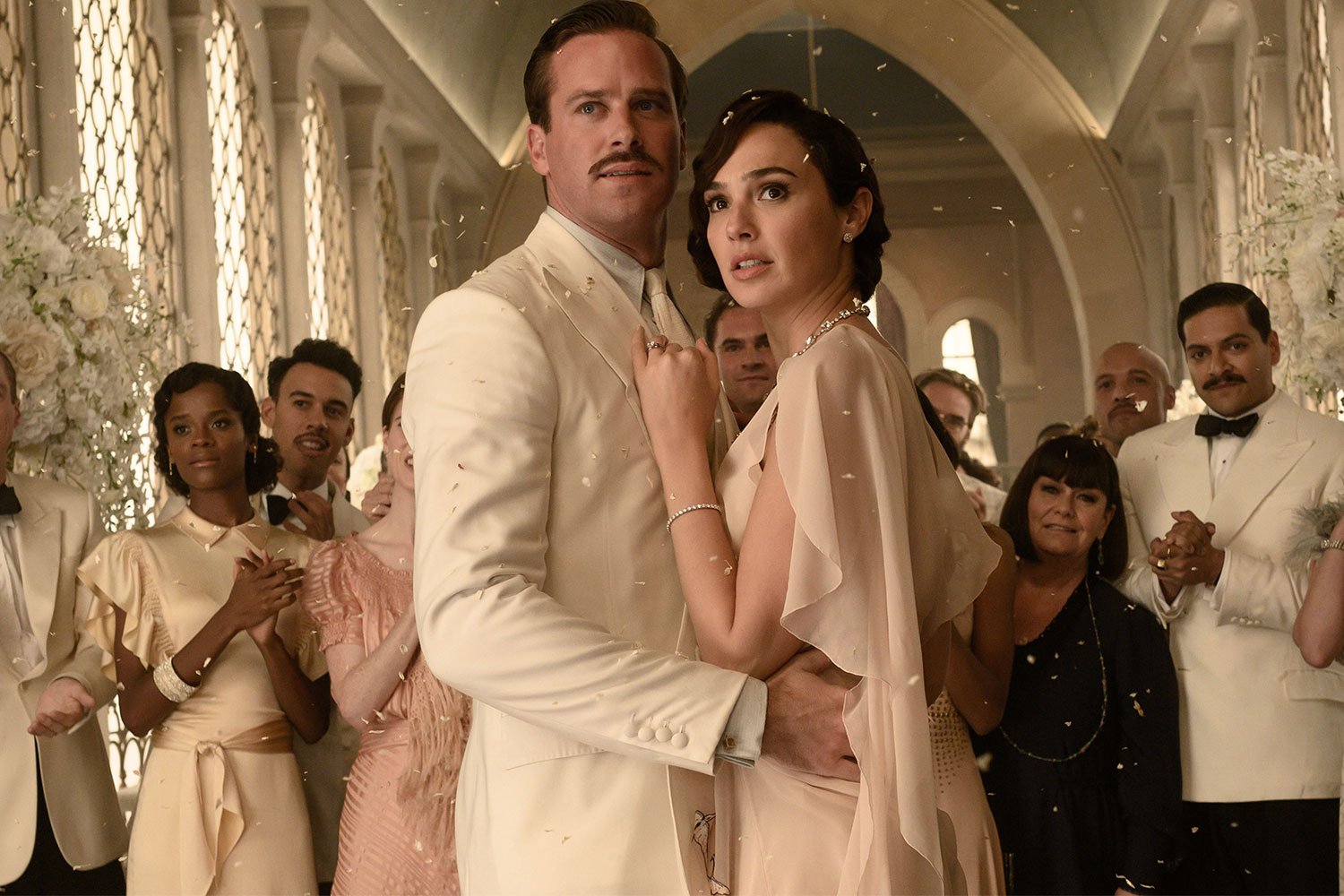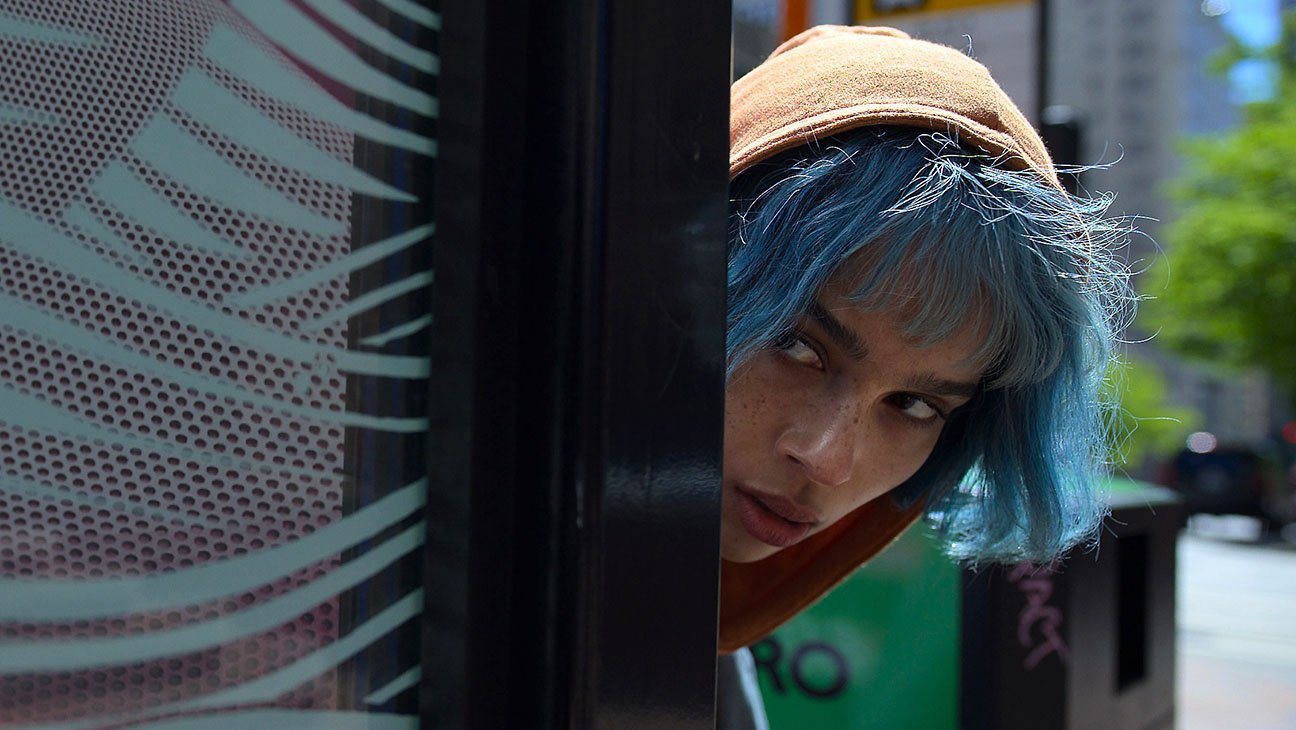2022 Oscar Nominated Shorts: Animation
Boxballet: B-
Affairs of the Art: B
Bestia: C-
The Windshield Wiper: B
 Most years, the theatrical presentation of the Oscar Nominated Animated Shorts includes three or four "highly commended" shorts, sort of like runners-up to the five nominees, just to pad out the total run time. This is usually because some of the nominees are kids' cartoons as short as five minutes, but this year the shortest of the nominees is about fifteen minutes. Only one of them is truly for children, and it's the opener, Robin Robin, a perfectly charming film from Aardman studios in the UK that runs a good 32 minutes. Aardman is a studio of reliable quality, previously producing many Wallace & Gromit and Shawn the Sheep titles. In the case of Robin Robin, it not only features a charming story about a robin raised by a family of mice, and the voice talents of Gillian Anderson (as a hungry cat) and Richard E. Grant (as a magpie with a mending broken wing), but the uniquely textured stop motion animation is impressive. Robin Robin is a perfect candidate for a television special for the family. Or, you can just head over to Netflix and watch this right now. Others of the nominees may or may not be available online, but honestly Robin Robin is the only one of them I would tell you to bother with.
Most years, the theatrical presentation of the Oscar Nominated Animated Shorts includes three or four "highly commended" shorts, sort of like runners-up to the five nominees, just to pad out the total run time. This is usually because some of the nominees are kids' cartoons as short as five minutes, but this year the shortest of the nominees is about fifteen minutes. Only one of them is truly for children, and it's the opener, Robin Robin, a perfectly charming film from Aardman studios in the UK that runs a good 32 minutes. Aardman is a studio of reliable quality, previously producing many Wallace & Gromit and Shawn the Sheep titles. In the case of Robin Robin, it not only features a charming story about a robin raised by a family of mice, and the voice talents of Gillian Anderson (as a hungry cat) and Richard E. Grant (as a magpie with a mending broken wing), but the uniquely textured stop motion animation is impressive. Robin Robin is a perfect candidate for a television special for the family. Or, you can just head over to Netflix and watch this right now. Others of the nominees may or may not be available online, but honestly Robin Robin is the only one of them I would tell you to bother with.
 Because this year's other nominees are mostly not for children, the theatrical presentation splits them, and even puts a title card up onscreen to give parents the time to take their children out of the theater, because what's coming up is not suitable for children. The thing that mystifies me is that this title card comes up after, rather than before Boxballet, a 15-minute film from Russia that I would argue is also not for children. This tells the story of the crossing paths of a beat up boxer and a ballerina, and much of the stuff with the boxer is fairly violent. It's slightly cartoony in its presentation, but it's still within the context of a story for adults rather than children—not to mention the handsy dance instructor who borders on molestation. Boxballet has a unique artistic visual style, which I suppose might hold the attention of much younger children who are fascinated with the lines and colors of cartoons, but even for adults, the story here didn't quite land for me. At times I found it hard to follow.
Because this year's other nominees are mostly not for children, the theatrical presentation splits them, and even puts a title card up onscreen to give parents the time to take their children out of the theater, because what's coming up is not suitable for children. The thing that mystifies me is that this title card comes up after, rather than before Boxballet, a 15-minute film from Russia that I would argue is also not for children. This tells the story of the crossing paths of a beat up boxer and a ballerina, and much of the stuff with the boxer is fairly violent. It's slightly cartoony in its presentation, but it's still within the context of a story for adults rather than children—not to mention the handsy dance instructor who borders on molestation. Boxballet has a unique artistic visual style, which I suppose might hold the attention of much younger children who are fascinated with the lines and colors of cartoons, but even for adults, the story here didn't quite land for me. At times I found it hard to follow.
 Affairs of the Art, a 16-minute film from the UK and Canada but featuring voice talent with British accents, definitively lacks cohesion but still skirted with my own darkly comic sensibility. It's hard for me not to have affection for a film featuring a book called Home Taxidermy for Children. This film is otherwise narrated by a plump, middle-aged woman obsessed with making abstract art, and reminiscing about her morbid little sister who eventually moves to California and uses her own body as art with extensive plastic surgery. The animation style here is wholly appropriate, all of it rendered as pencil drawings with constantly shifting lines, the narrator all the while chatting nonchalantly away about her approach to art. There's not much of a story arc here, but I found it relatively entertaining.
Affairs of the Art, a 16-minute film from the UK and Canada but featuring voice talent with British accents, definitively lacks cohesion but still skirted with my own darkly comic sensibility. It's hard for me not to have affection for a film featuring a book called Home Taxidermy for Children. This film is otherwise narrated by a plump, middle-aged woman obsessed with making abstract art, and reminiscing about her morbid little sister who eventually moves to California and uses her own body as art with extensive plastic surgery. The animation style here is wholly appropriate, all of it rendered as pencil drawings with constantly shifting lines, the narrator all the while chatting nonchalantly away about her approach to art. There's not much of a story arc here, but I found it relatively entertaining.
 Bestia, which is Spanish for Beast and is a 16-minute short from Chile, is the only one of the nominees that I would urge you actively to avoid. I'm astonished this even garnered an Oscar nomination, unless it was just because of the skilled animation of what looks genuinely like well-lit porcelain figurines. The problem is that this quickly moves into "What the fuck?" territory, a woman with a dog either fantasizing or living her dream (I could not tell which) of training her dog to attack—and even sexually molest—people held captive in a basement somewhere. If this film has something to say, I don't have a clue what it is. If it even has a story to tell, I have no idea what it is. Well, wait, so far as I can gather from a bit of online research is that it's an allegory for Chile's deeply sordid history. Maybe I need to have a better working knowledge of world history to appreciate this. All I can think about is the scene in which this lady's dog is eating her out. No thank you, next!
Bestia, which is Spanish for Beast and is a 16-minute short from Chile, is the only one of the nominees that I would urge you actively to avoid. I'm astonished this even garnered an Oscar nomination, unless it was just because of the skilled animation of what looks genuinely like well-lit porcelain figurines. The problem is that this quickly moves into "What the fuck?" territory, a woman with a dog either fantasizing or living her dream (I could not tell which) of training her dog to attack—and even sexually molest—people held captive in a basement somewhere. If this film has something to say, I don't have a clue what it is. If it even has a story to tell, I have no idea what it is. Well, wait, so far as I can gather from a bit of online research is that it's an allegory for Chile's deeply sordid history. Maybe I need to have a better working knowledge of world history to appreciate this. All I can think about is the scene in which this lady's dog is eating her out. No thank you, next!
Finally, The Windshield Wiper, a 15-minute film from Spain in which the dialogue is curiously spoken in English with American accents, is largely mystifying in its own right, but deliberately so—and is arguable the most visually beautiful of all the nominees, a parade of beautifully rendered portraits. It starts in a cafe, a man posing the simple question, "What is love?" What follows is a series of vignettes, wildly varying in tone but all of them beautiful, that collectively set out to answer that question. We get the answer stated quite simply and directly in the end. It took me a while even to figure out what was going on here, but I still enjoyed the journey. My vote for the Oscar goes to Robin Robin, in spite of it being kind of an obvious choice, but The Windshield Wiper would not be a bad choice either. Even though I still don't have the foggiest idea why it has that title.

Overall: B-






